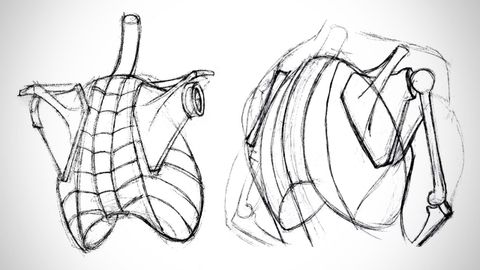
字幕與單字
影片單字
draw
US /drɔ/
・
UK /drɔ:/
- v.t.吸引注意;吸引人;拉;拖;汲取;引出
- n. (c./u.)引人之處;抽籤;平局
- v.i.靠近;接近;以平局收場
- v.t./i.畫圖
A1 初級多益初級英檢
更多 bottom
US /ˈbɑtəm/
・
UK /'bɒtəm/
- n.臀部; 最低下的部分;底層;末端 : 底部;底部;下端;下方;海底;容器底部;末端;河床;船底;褲子的臀部;性愛中的被動方;基礎
- v.t./i.到達底部;降至最低點;裝底
- adj.最低的;最下的;最低的
A2 初級多益
更多 show
US /ʃo/
・
UK /ʃəʊ/
- v.t./i.顯眼;容易看到(或注意到);表達;表現;顯示,展示;(透過演示、示範)解釋;說明;給...帶路;帶領;證明(某事);給...看
- n.出洋相;展覽;表演,展出;演出;節目
A1 初級初級英檢
更多 使用能量
解鎖所有單字
解鎖發音、解釋及篩選功能
